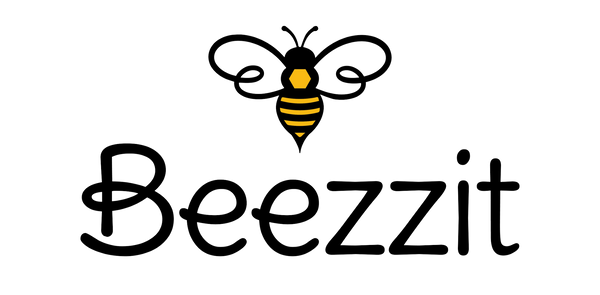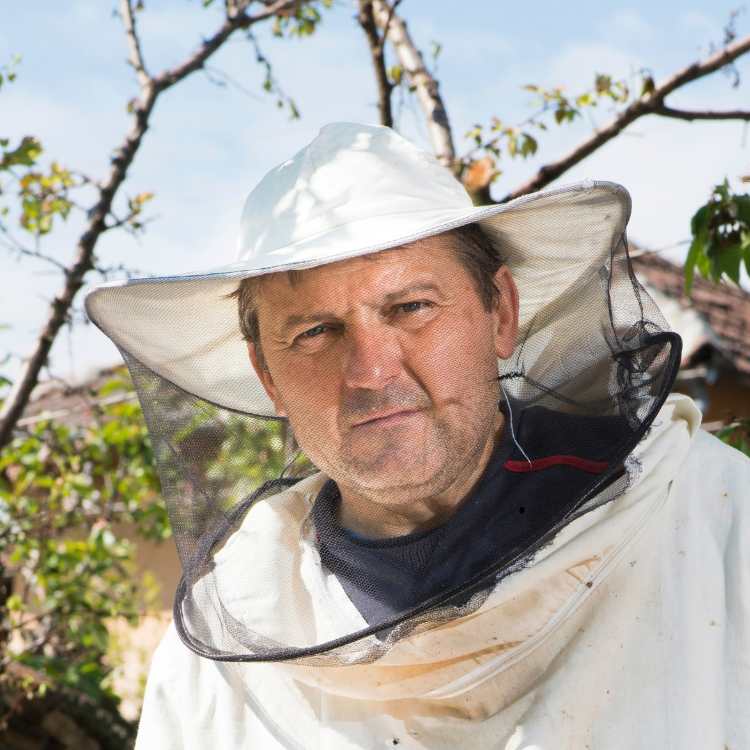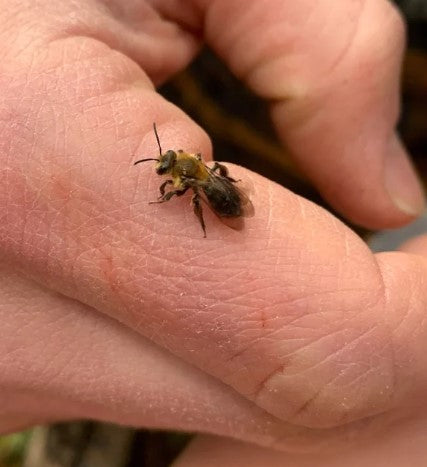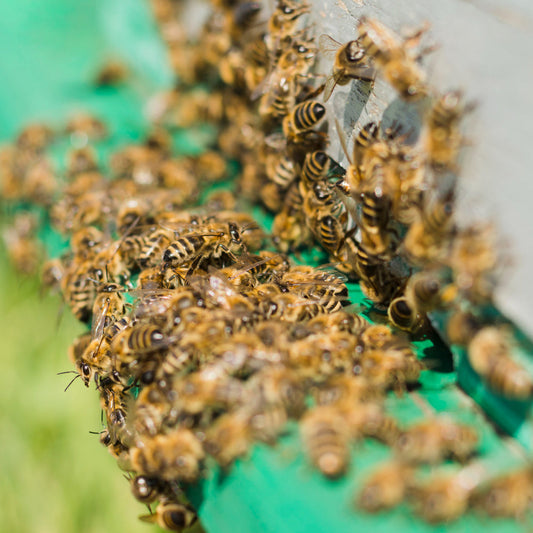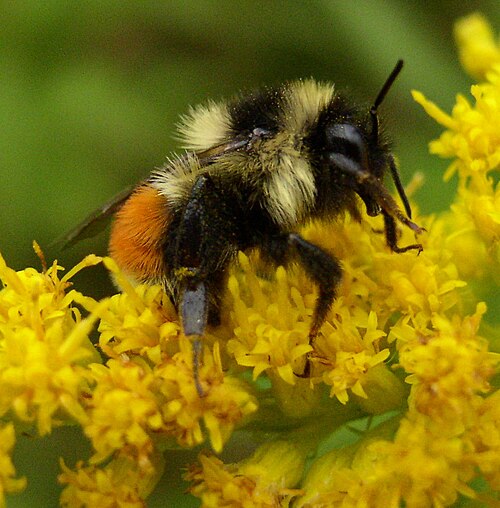Honey tasting is not just about telling the difference between light and dark types. Similar to wine tasting, it involves using various senses for understanding the intricate tastes, smells, and textures in different kinds of honey. This detailed guide will explain all you need to understand about honey tasting and assist you in developing a better appreciation for this natural marvel.
Understanding Honey's Complexity
Before we start with ways to taste honey, it is crucial to understand what makes each kind of honey distinct. The taste, texture, and feel of the honey mainly ride on its source of nectar. From subtle clover honey up to strong buckwheat ones, every variety narrates the tale of where they come from - their floral base and surroundings in which they were made.
The Art of Professional Honey Tasting
Honey tasting in a professional way has a systematic method, much like wine tasting. Specialists assess honey on the basis of various features:
- Visual Evaluation: Start your experience of tasting honey by looking at how the honey appears. Hold up the honey to light that is natural and look at its color, clarity, and thickness. Colors may vary from almost no color to a strong amber or near black shade. Crystallization patterns, if present, should also be noted.
- Assessment of Smell: The following stage in tasting honey involves reviewing the scent of the honey. You should gently heat up the honey by holding its container inside your palms. This action makes volatile substances that add to its smell come out easily. Take short, quick sniffs to detect floral, fruity, woody, or other characteristic scents.
- Analysis of Texture: While tasting honey, the texture is very important. Pay attention to how thick or thin the honey is, its smoothness, and whether it has solidified into crystals or still remains in a liquid form. Some types of honey naturally have a creamy feel, while others keep their more fluid state.
- Flavor Evaluation: The most important step in assessing honey taste is to examine the flavor characteristics. Put a little bit of honey on your tongue and allow it to spread over your tasting area. Make sure you focus on:
- Initial Taste: The first flavors that hit your palate
- Middle Notes: The flavors that develop as the honey in your mouth
- Finish: The lingering taste after swallowing
- Sweetness Level: The intensity of sweetness
- Additional Flavor Notes: Such as bitter, acidic, or tannic qualities
Developing Your Honey Tasting Skills
To get good at tasting honey, you need to practice a lot. Begin by trying different kinds of mono-floral honey together. Comparing them like this is useful for teaching your taste buds to notice small changes between each one. Some popular varieties to begin with include:
- Acacia: Known for its extremely light color and delicate, vanilla-like flavor
- Orange Blossom: Features distinctive citrus notes
- Lavender: Offers intense floral aromatics
- Buckwheat: Presents strong, molasses-like characteristics
- Manuka: Notable for its unique medicinal properties and complex flavor profile

People sitting around honey tasting
Creating the Perfect Honey Tasting Environment
The environment plays a crucial role in honey tasting. Create optimal conditions by:
- Maintaining room temperature between 20-25°C (68-77°F)
- Ensuring good natural lighting
- Avoiding strong odors that might interfere with perception
- Using neutral-flavored crackers or bread as palate cleansers
- Having room temperature water available
Professional Tips for Honey Tasting Sessions
When organizing a formal honey tasting session, consider these expert recommendations:
- Start with lighter varieties and progress to darker ones
- Limit each session to 4-6 different honey varieties to avoid palate fatigue
- Use clear glass containers to appreciate visual characteristics
- Provide individual tasting spoons for each honey variety
- Keep detailed notes of your observations
The Health Benefits Beyond Honey Tasting
Tasting honey is mostly for enjoying its taste and characteristics, but it's important to mention that different types of honey provide different health benefits. Darker honey usually has more antioxidants, while some kinds, like Manuka honey, are valued due to their antibacterial attributes.

Adding honey to other foods for health benefits
Recording Your Honey Tasting Journey
Maintain a tasting journal to document your experiences. Include details such as:
- Producer and floral source
- Date of tasting
- Visual observations
- Aroma notes
- Taste characteristics
- Personal preferences
- Food pairing suggestions
Conclusion
Tasting honey is an interesting journey, blending the enjoyment of senses with nature's variety. When you build your tasting abilities, you witness the amazing intricacy of it. Keep in mind that to become an expert in judging honey requires time and practice. But exploring new types and enlarging your taste range can be a greatly satisfying experience. If you are someone interested in food or wishing to become an expert on honey, the world of honey tasting provides limitless chances for discovering and pleasure.
Want to learn more about what makes the flavors of honey truly unique? Learn more here.
